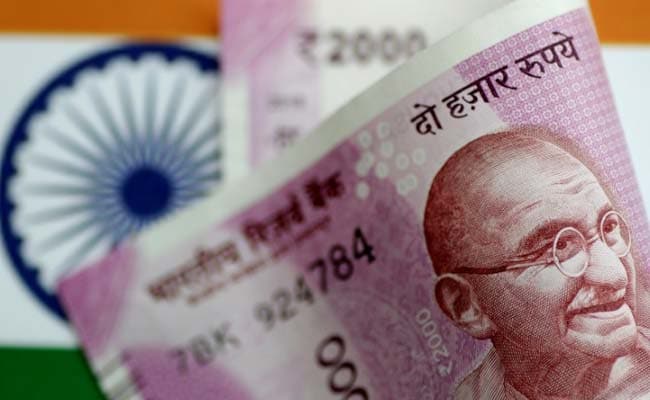Indian markets slip after U.S. Fed’s comments
December 21, 2018 | Expert Insights

The rupee and stocks weakened early on Thursday, tracking Asian peers after the U.S. Federal Reserve gave a 2019 rate outlook that traders called “less dovish” than they expected.
Government bonds also fell, halting a two-day advance after India’s monetary policy committee sounded hawkish in minutes released on Wednesday.
Background
The Indian Rupee (INR) is the official currency of India which is a fiat currency and partially convertible. A country’s currency is linked to their economy and the policies that govern the economy. Over the years the value of any currency has depended on factors like inflation, employment, interest rate, growth rate, trade deficit, foreign investment and several macroeconomic policies. As a governing body, the RBI would manage the value of the rupee by controlling the supply which would either make it cheap or expensive.
Most of the trading in the Indian stock market takes place on its two stock exchanges: the Bombay Stock Exchange (BSE) and the National Stock Exchange (NSE). The BSE has been in existence since 1875. The NSE, on the other hand, was founded in 1992 and started trading in 1994. After a smooth sail in 2017, equity market investors have witnessed a bumpy ride this year. there have been six trading sessions this year when the benchmark Nifty gained or fell more than 2 per cent, up from zero last year. Not just India, but global markets have also been on a roller-coaster ride amid the rise in US dollar and bond yield due to monetary tightening by the US Federal Reserve
Analysis
Asian stock markets declined on Thursday after the Federal Reserve raised rates, as expected, and kept most of its guidance for additional hikes next year, dashing investor hopes for a more dovish policy outlook.
The rupee was at 70.60 to the dollar in early trade after opening at 70.68 and weaker than Wednesday’s close of 70.39. The 10-year benchmark bond yield was at 7.27 percent from the previous close of 7.22 percent.
“The Fed sounded less dovish and went ahead with the rate hike,” said a chief forex dealer at a large state-run bank. “There could be capital outflows from India after the Fed’s statement.” Some dealers expected the Fed to see only one more hike in its guidance for 2019, rather than two.
Markets are expected to be volatile during the day with the rupee seen in 70.55-70.90 to the dollar while bonds are likely to move in a 5 basis point range, traders said.
The broader Nifty was down 0.45 percent at 10,918.45 as of 0416 GMT, dragged by financials such as Housing Development Finance Corp Ltd, which was down 1.5 percent. The benchmark Sensex was 0.44 percent lower at 36,324.45. Through Wednesday both indexes had risen for seven straight sessions.
After weeks of market volatility and calls by President Donald Trump for the Federal Reserve to stop raising interest rates, the U.S. central bank did it again and stuck by a plan to keep withdrawing support from an economy it views as strong.
India’s monetary policy committee sounded cautious on inflation and preferred to wait for more data to see for how long price pressure and growth momentum would remain soft, according to minutes of its Dec. 5 meeting. Bond traders also booked profit after the sharp rally earlier this week, following soft crude prices and easing inflation.
Assessment
Our assessment is that the rupee will continue to underperform until oil prices stabilise in the short term. We feel that the RBI will continue to sell its Dollar reserves in a staggered approach in order to avoid a shock to the rupee. We believe that India’s monetary and fiscal policymakers need to consider stabilising internal currencies flows as a short term fix. A volatile currency may force them to hedge, which in turn would lower their returns.
We understand that a hike in interest rates will lead to a rise in the yield on US treasuries and a stronger dollar. This rise will narrow the rate differentials between US and India, making Indian bonds more attractive for foreign portfolio investors.








Comments